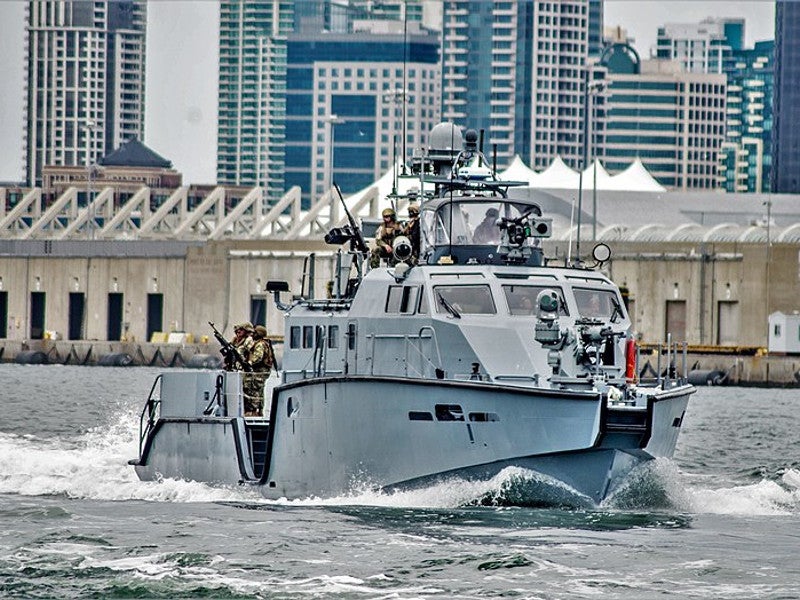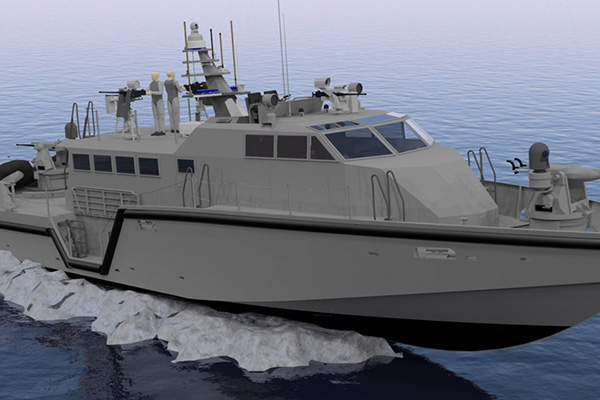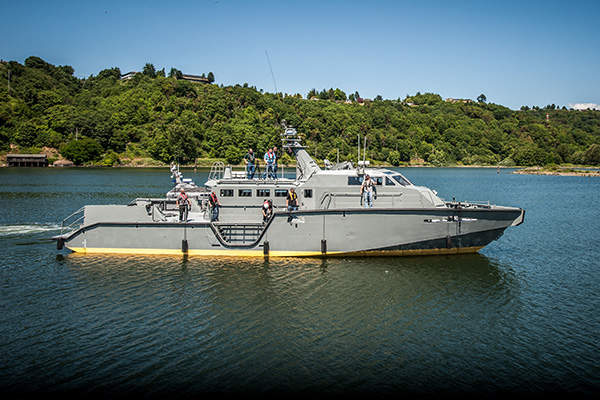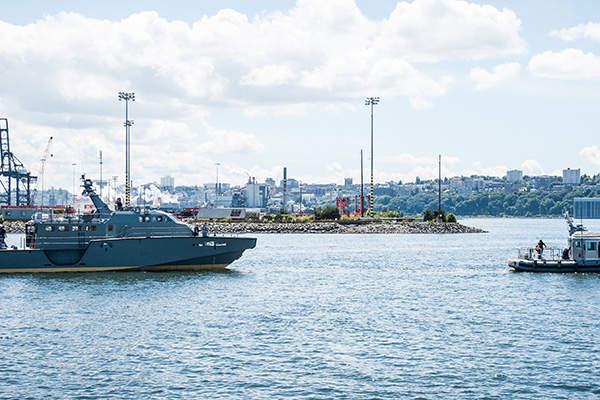The MK VI patrol boats are designed and built by American boat manufacturer, Safe Boats International (SBI), to serve as the next-generation patrol boats for the US Navy. The 85ft patrol boats replaced the ageing patrol boat fleet of Naval Expeditionary Combat Command (NECC) and support the Coastal Riverine Force (CRF).
SBI was awarded an initial $36.5m contract for six MK VI Patrol Boats in May 2012. The US Navy signed a $34.5m firm-fixed-price agreement with SBI for four additional MK VI patrol boats in July 2014. The agreement includes options for two more boats, bringing the total value of the contract to $52.2m. The US Navy plans to acquire a total of 48 Mark VI Patrol Boats.
In July 2015, SBI received a contract modification to supply two additional patrol boats to the US Navy, bringing the total number of orders to 12.
The boats are being built at SBI’s large craft production facility (LCPF) situated in the Port of Tacoma, Washington, US. SBI hired 100 new employees in addition to the existing 275 workers to build the boats.
The first of 12 MK VI patrol boats were delivered to the US Navy in August 2014. The boat successfully completed sea trials and was handed over to NECC for operational deployment in 2015. Coastal Riverine Group 2 (CRG 2) of the US Navy received two MK VI patrol boats in September 2015. The remaining boats were delivered by the end of 2018.
In December 2018, the US Navy’s two Mark VI patrol boats completed a 500nm transit, demonstrating long-range endurance to conduct maritime patrols and disaster relief missions.
MK VI patrol boat missions
The MK VI patrol boat is the first mission-specific patrol boat designed for the US Navy since the mid-1980s. It will replace the smaller 68ft Mark V and 34ft Sea Ark to defend the green-water navy. The CRF will deploy the patrol boats for critical infrastructure protection (CIP) in and around foreign ports across the world.
The boats can operate in brown, green or blue waters and will be deployed to patrol shallow littoral regions beyond the harbours and bays. They can conduct missions in the open ocean for protecting defence forces.
The versatile patrol vessels can support search-and-seizure operations, maritime intercept operations, theatre security cooperation operations and other clandestine security force activities. They can function as escorts for high-value assets and also take part in mine hunting and fast-attack combats.
The boat is suitable for coordinated efforts with Naval Special Warfare and Naval Special Operations operators such as Navy SEALs and Explosive Ordinance Disposal (EOD).
MK VI design and features
MK VI patrol boat is a modification of the 780 Archangel Class patrol boat, which was also built by SBI. The boat is designed to decrease Total Ownership Cost (TOC) and manpower. Its aluminium hull is enhanced for performance, fuel efficiency, easy maintenance and firepower.
The boat is equipped with ballistic protection, armour plating around the engines and fuel storage. The boats can fit inside the well deck of LHD, LPD and LSD class amphibious warfare ships. They can be transported to any location in a short period of time.
MK VI weaponry
The patrol boat is armed with two remotely controlled and stabilised MK-38 Mod2 25mm machine gun systems, small arms mounts and six crew-served 50-calibre machine guns. It also has the provision to install other weapons such as miniguns, grenade launchers and smaller calibre machine guns.
MK VI propulsion
The propulsion system integrates twin diesel engines and water-jets. The engines can burn both marine-grade diesel fuel and JP-5 aviation fuel. The boats can reach a maximum sprint speed of 30k at full load. The propulsion system enables the boat to sail up to a range of more than 600nmi.
Accommodation on board MK VI
The boat features a pilothouse and the main deck cabin. The pilothouse contains state-of-the-art shock mitigating seating for the crew. Work stations are integrated into the seats for easy access to the controls and displays and to reduce injury and fatigue.
The spacious interior can accommodate ten crew members and eight passengers. Basic amenities such as berthing accommodations, galley and shower facilities ensure extended missions.
The main cabin can be configured to accommodate unmanned, remotely operated vehicles and additional shock-mitigating seating. It can also be converted into a temporary medical triage area during emergencies. Small boats, unmanned aerial vehicles (UAVs) and underwater unmanned vehicles (UUVs) can be launched and recovered from the rear deck and stern of the boat.







